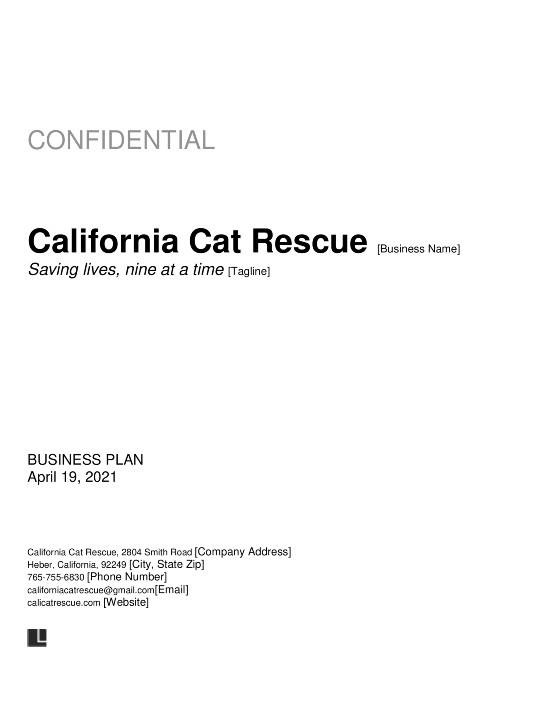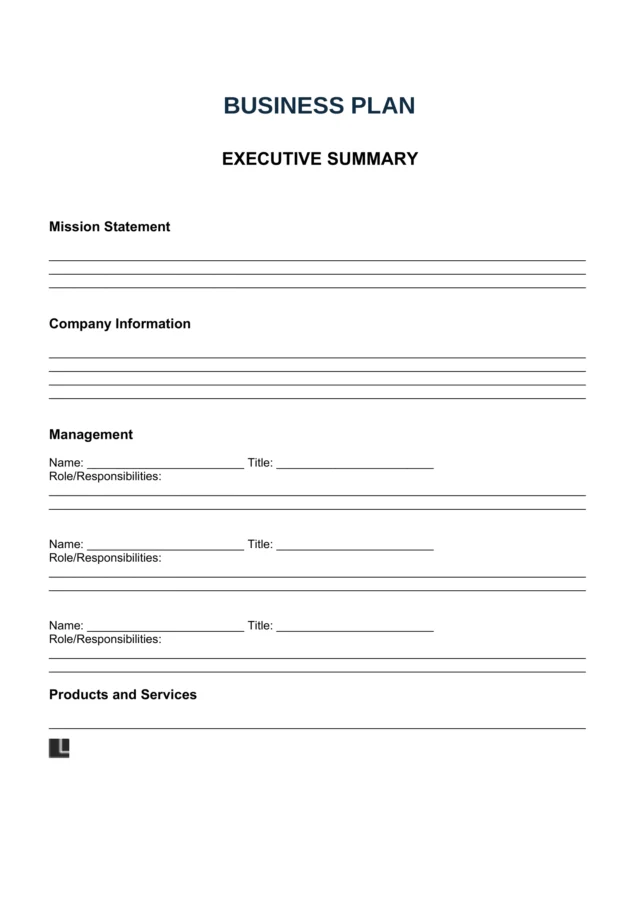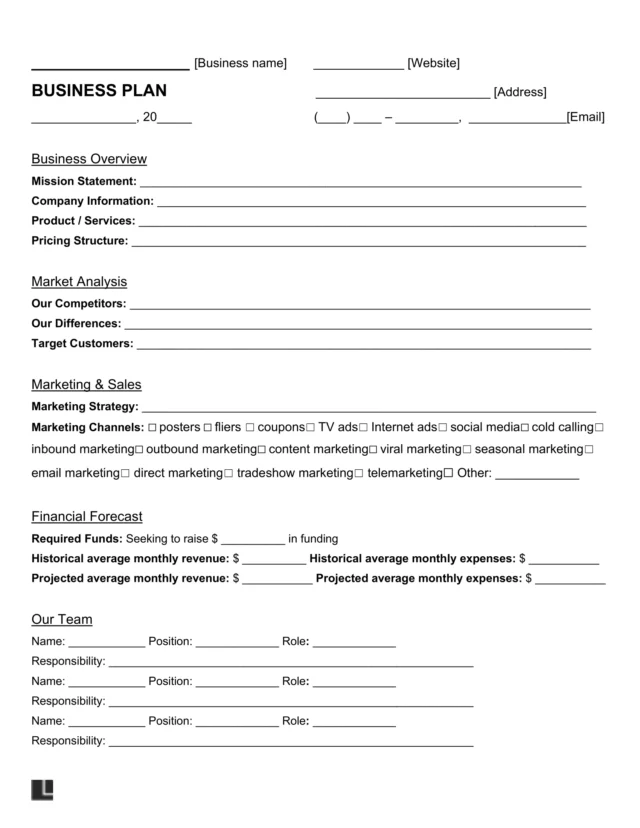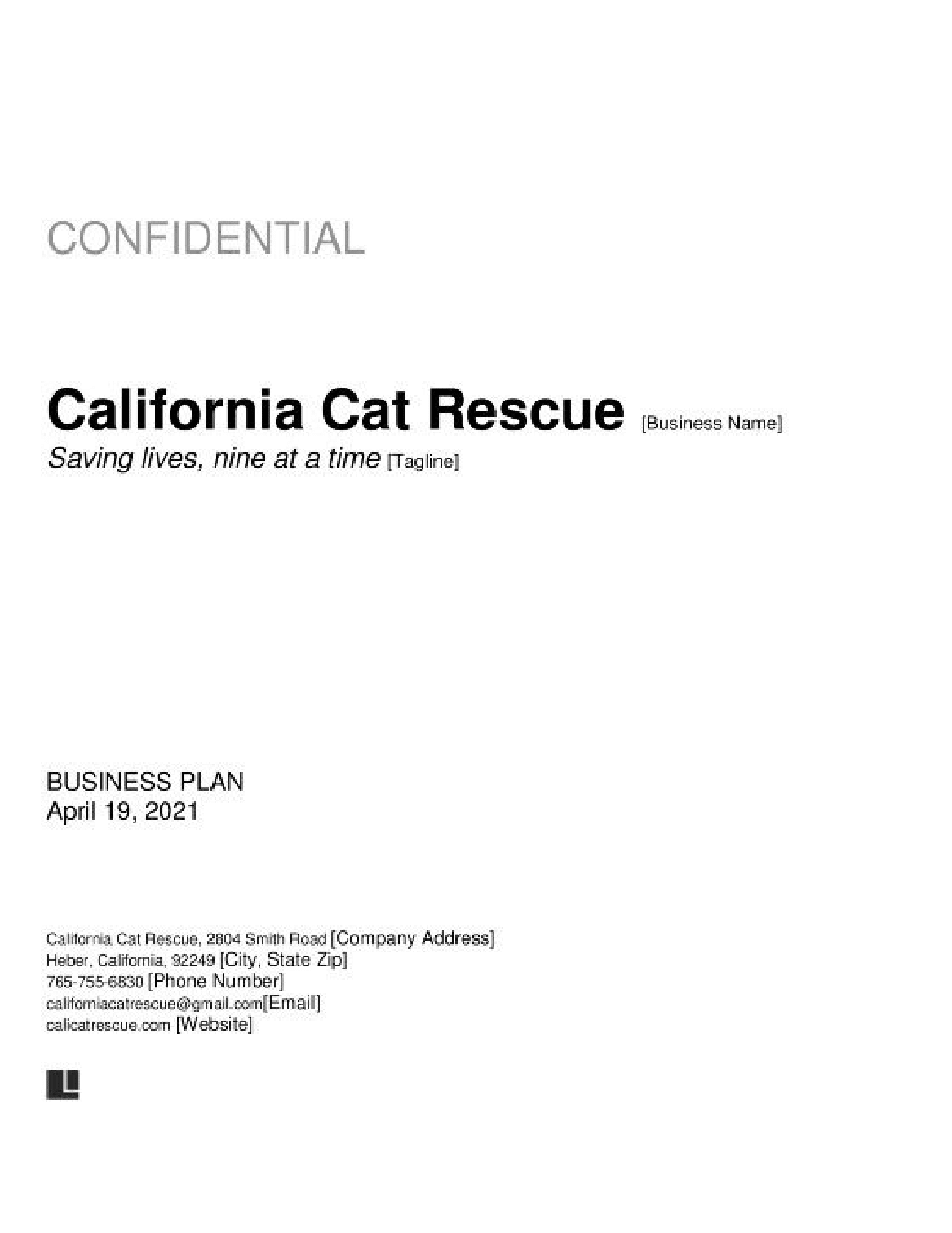Running a successful non-profit organization is challenging. A business plan is one tool that helps steer your organization in the right direction. It clearly articulates your goals and details how to accomplish them.
It also shows external stakeholders that you’re serious about your non-profit and reassures them that they can work with you or provide you with funding.
This guide helps you understand how to write a non-profit business plan and includes a free template to help you get started.
Why You Need a Business Plan for Your Non-profit Business
A business plan is a roadmap. It shows where your organization is now, where you want to go, and how to get there.
Typically, a non-profit business plan spans the upcoming three to five years. Every non-profit organization should have a business plan, regardless of size or financial status. It helps you:
- Stay organized
- Identify essential stakeholders in your organization
- Understand the feasibility of your work
- Attract volunteers and an administrative board
- Uncover new opportunities
A non-profit business plan is also an essential document for securing funding. If you hope to get significant donations or grants, you must show donors or grantmakers your goals and objectives.
They want proof that your organization will achieve its goals, and there’s no better way to reassure them than with a clear, concise business plan.
How to Write a Business Plan for a Non-profit
Writing a business plan is easy if you take it step-by-step and use a template to create each section. As you write, keep your target audience in mind: How do you want them to respond to this business plan?
1. Executive Summary
The executive summary gives a general outline of your entire business plan. It gives the reader a clear idea of what to expect in the rest of the document. An executive summary also contains enough information so that someone who doesn’t have the time to read your entire business plan can get a sense of your organization, goals, and methods.
In your executive summary, cover what your non-profit does, the basic need you address, and why that need exists. Most importantly, explain how your organization plans to meet the demand. This first section of your business plan concisely tells your story. Your goal in crafting it should be to sum up the whole document while convincing the reader to keep reading.
As this section is a general summary of the rest of your business plan, it helps to write the executive summary last.
2. Management Team
The second section in your non-profit business plan covers your management team or organizational structure. Here, you explain who runs your organization and what their tasks are. You should also mention which type of non-profit you are (501(c)(3), fraternal beneficiary, horticultural, labor, etc.).
In addition to discussing your management team or board of directors, mention if your organization has employees, utilizes volunteers, or both.
If you have a facility dedicated to running your non-profit, here is the place to describe it. Noting your previous successes in this section may help convince donors to fund you.
If you are a new organization, use this section to describe your vision and how you’ll use practical methods to solve real problems.
3. Products and Services
In the products and services section, discuss your plans for achieving your goals. Describe, in detail, the needs of your community that your organization addresses.
Then, document how you will meet those needs. Do you create and offer products that improve lives? Do you run programs that provide needed services and support? Be explicit about what you do and how it helps people in need.
When describing your products and services, use numbers. For instance, if you run a food pantry, provide statistics about food insecurity in your area. Mention your daily capacity for distributing food based on your expected number of donations.
Also, include information about the people administering your products and services. Who works at your food pantry? Who organizes the donations and assigns volunteers?
This section should contain specific and concrete facts about your non-profit’s work, as these numbers will help convince donors and partners to fund or work with you.
4. Customers and Marketing
Your non-profit business plan should contain a marketing strategy. In the customers and marketing section, describe how you promote your efforts and be specific. Some common types of non-profit marketing channels include:
- Printing and distributing promotional materials
- Online marketing
- Social media posts
- Email newsletters
- Maintaining and updating a website
- Marketing partnerships
- Fundraisers
- Outreach events
If you’re a new non-profit and haven’t started marketing, mention your plan. State the scope of your marketing efforts, including your target demographics and whether your strategy is local, national, or international.
In addition to marketing methods, this section of your business plan should iterate your messaging.
What type of language will your campaigns focus on? Do you have critical slogans, logos, or other brand assets you plan to use? If not, how will you develop those assets? If you’ve done a marketing analysis, include it in this section.
5. SWOT Analysis
SWOT stands for Strengths, Weaknesses, Opportunities, and Threats. A SWOT analysis is a critical part of any business plan, whether for-profit or non-profit. SWOT is a strategic framework that helps you identify your vital areas and room for improvement.
To find your strengths, ask what your organization does well. Which unique resources do you have that you can draw on? Also, evaluate what competitors or other organizations might see as your strengths.
To find your weaknesses, ask what your organization can improve upon. Which resources are you lacking? What might external stakeholders identify as your weaknesses?
To find opportunities, look at the trends in your field upon which you might capitalize. Opportunities usually come from outside your organization and require a forward-thinking mindset.
To find threats, think about what could harm your non-profit. What is your competition doing better than you are? Which external factors may hurt your operations?
6. Financials
Your non-profit cannot operate without funding. Your financial section covers how you plan to pay for everything you need. This section is essential because you can’t carry out your other activities without a solid funding source.
Mention your current financial status, including assets and liabilities. Also, include essential financial documents such as income statements, a cash flow sheet, and a balance sheet.
What else should go in your non-profit business plan’s financial section? Be sure to highlight:
- Your fundraising plan
- Grants you’ve received or a plan for applying for grants
- Potential obstacles to gathering funding and proposed solutions
- What you’ll do with surplus donations
- Startup costs if you’re not established yet
You cannot give too much financial information, so always include anything you think might be relevant. Your potential partners and donors want a clear picture of your financial situation.
7. Operations
Explain how you plan to carry out your programs or provide your services in your operations section. Your products and services section is the “what,” and your operations section is the “how.”
Retake the food pantry example. You’ve already described what it is using numbers and statistical data; now, you explain how it runs.
Is it open every day, and for how long? Where and from whom will you collect food donations? Are there any goods you will not accept? Can you hold food drives with schools, churches, or other organizations? What rules will you have about distributing food for volunteers and the recipients?
As you develop your operations strategy, ask yourself, “How.” Keep asking until you have a clear, detailed plan that describes your work. Don’t forget to include a sub-section about your team, volunteers, or the people carrying out your operations.
Their strengths will also keep your non-profit running, so you should mention them in your business plan.
8. Appendix
The appendix of your non-profit business plan is where you attach additional documents that your readers may find helpful. Charts, data, or lists typically go in the appendix. Add any information that seems too lengthy or complex to read in the body of your business plan.
Some examples of appendix documents include:
- List your board of directors
- Status letter from the IRS
- Balance sheets
- Management flow chart
- Budget for the current fiscal year
- Market analysis
With an appendix, you don’t have to be as concerned about structure as you are with the body of the business plan. Think of it as a reference section for your readers.
Non-profit Business Plan Example
A sample business plan already has the structure for you; you have to fill in each section with the relevant information.
Writing a non-profit business plan is simpler when you work from a template. Download our free PDF or Word template and fill it out independently.







